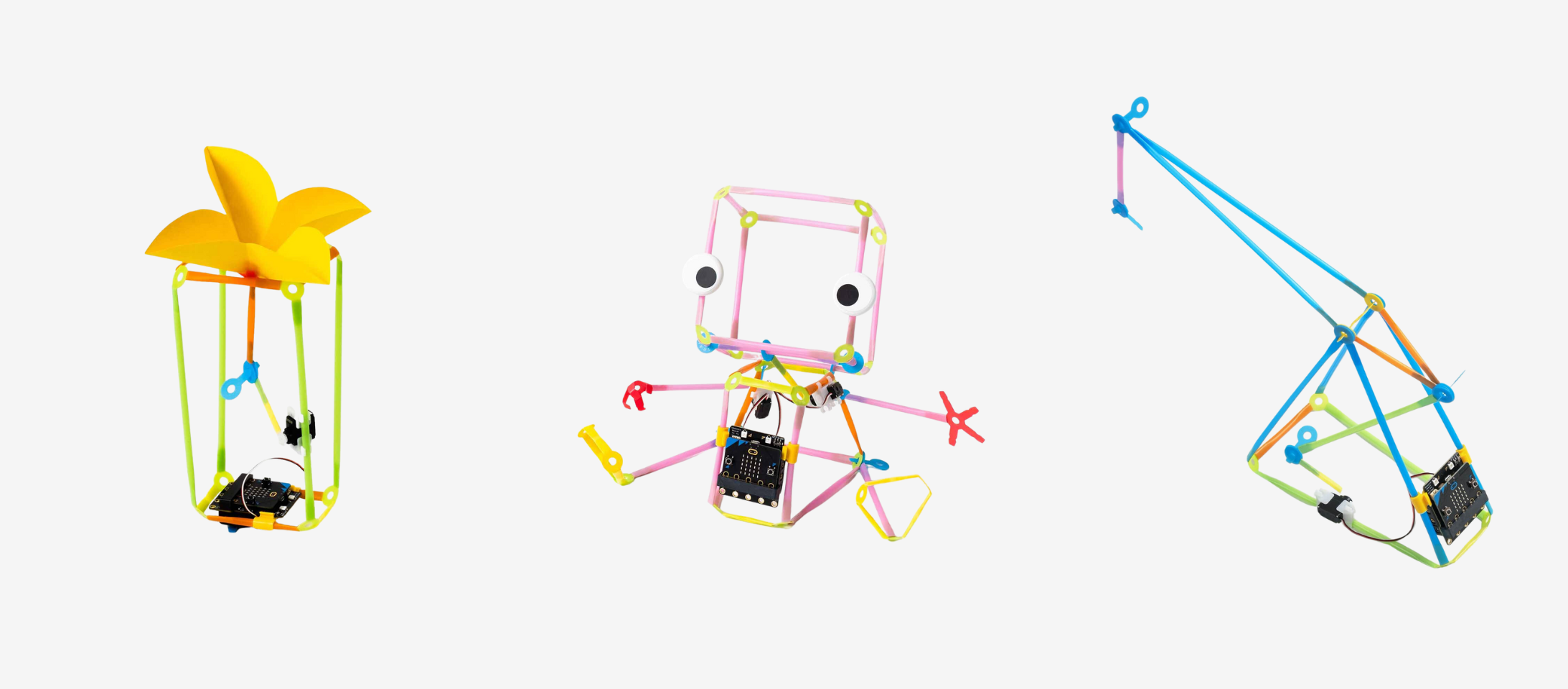Complete the survey to be in with the chance to win a LEGO Classic Large Creative Brick Box Construction Set
Take Survey
The BBC micro:bit, a tiny but powerful programmable device. Introduced as part of the BBC's Make It Digital campaign, this pocket-sized device engages students in coding and digital literacy. It fosters vital skills for the future, making learning interactive and fun. Its versatility allows integration across subjects, promoting cross-curricular learning. Moreover, the micro:bit is designed for inclusivity, ensuring all students can participate. But how can educators make more use of this in the classroom?
First and foremost, it provides an accessible and hands-on platform for students to learn programming and robotics principles. The micro:bit's user-friendly interface and block-based coding make it an ideal tool for beginners, fostering creativity and problem-solving skills.
Additionally, when integrated with compatible robots, it allows for real-world applications of coding concepts, enabling students to see the tangible results of their efforts. This hands-on experience not only enhances their understanding of programming but also encourages critical thinking and teamwork.
Moreover, micro:bit's affordability and widespread availability make it an inclusive choice for educators and learners, ensuring that robotics and coding education are accessible to a broader audience.
In sum, the combination of micro:bit and compatible robots empowers students to explore the exciting world of robotics while developing valuable skills that will serve them well in the future.
Micro:bit is compatible with many educational STEM kits including Strawbees.
For educators wondering exactly how they can make the most of the micro:bit and what they can do with it alongside other education kits. This is the section for you.
With the micro:bit, educators have countless opportunities to enhance their students learning experiences and foster creativity. One such kit that perfectly complements the micro:bit is Strawbees. This hands-on, creative, and flexible building kit offers a multitude of possibilities for both educators and students alike. The kits are simple and effective made up of connectors and reusable straws.

What sets Strawbees apart is its versatility. Whether you prefer using computers, relying on your own hands, or even tapping into your imagination, Strawbees provides a platform for you to bring your ideas to life. The kit encourages recycling and upcycling, empowering students to repurpose everyday materials into innovative creations, such as cardboard and paper. This ability to repurpose materials adds to Strawbees appeal and aligns perfectly with the micro:bit ethos of creation and learning, as well as coding of course!
To fully harness the potential of micro:bit and Strawbees together, the STEM CLASSROOM ROBOTICS - MICRO:BIT Pack is a valuable resource. This comprehensive pack integrates Strawbees Classroom digital lessons (an online resource platform with lessons that are aligned to both the National Curriculum and the Curriculum for Excellence) with the power of the micro:bit, allowing students to combine their coding and programming skills with Strawbees building capabilities. By adding robotic capabilities to Strawbees projects, students can take their creations to the next level, bringing them to life with the micro:bit’s programmable features.
Students can explore a wide range of STEM (Science, Technology, Engineering, and Mathematics) concepts and delve into engineering principles as they design and construct their Strawbees creations. The kit promotes hands-on learning, empowering students to actively engage with the materials, experiment, and iterate on their designs.
Additionally, both Strawbees and micro:bit encourages problem-solving and critical thinking skills. As students tackle challenges and troubleshoot issues, they develop the ability to analyse problems, think creatively, and devise innovative solutions to build and code. This process mirrors real-world problem-solving scenarios, preparing students for the challenges they may encounter in their future careers. Furthermore, by incorporating robotics into Strawbees projects, students gain exposure to the exciting field of robotics and automation. They can explore concepts such as sensors, actuators, and programming logic.
With the micro:bit's computational capabilities, students can code and program their Strawbees creations to perform specific tasks, respond to stimuli, or interact with their environment. This combination of physical building and digital programming fosters an interdisciplinary learning experience, helping students make connections between the physical world and the digital realm.
Notify me when available
We will send you a notification as soon as this product is available again.
We don't share your email with anybody